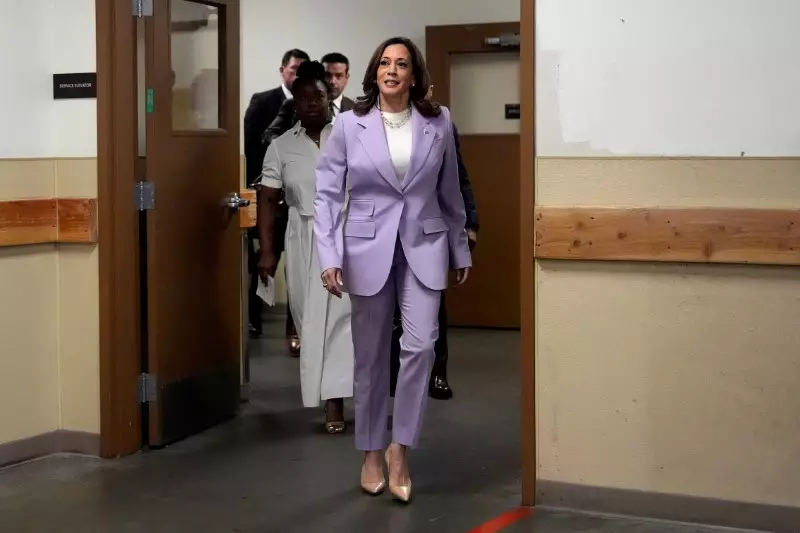During a recent campaign stop in Nevada, U.S. Vice President Kamala Harris expressed her support for eliminating taxes on tips for service and hospitality workers. This move was seen as an effort to win over this important constituency in the state, aligning Harris with her rival Donald Trump who had previously made a similar proposal. Harris made the promise that, if elected president, she would continue to fight for working families by not only raising the minimum wage but also by eliminating taxes on tips. This stance underscores the importance of the service industry in the country’s economy and the need to support those who work in these sectors.
In addition to advocating for the elimination of taxes on tips, Harris also pledged to work towards driving down consumer prices. She spoke out against big corporations engaging in illegal price-gouging, corporate landlords unfairly raising rents on working families, and pharmaceutical companies inflating drug prices. By promising to take on these entities, Harris positioned herself as a candidate who is committed to addressing economic issues that directly impact ordinary Americans. This focus on consumer protection and affordability highlights the priorities of the Harris campaign when it comes to economic policy.
Harris, along with her running mate Minnesota Governor Tim Walz, has been actively campaigning in battleground states such as Wisconsin, Michigan, and Arizona. These states, which have a history of swinging between supporting Republicans and Democrats in presidential elections, are crucial for securing the necessary electoral votes to win the presidency. By focusing on these swing states, Harris aims to build and maintain the momentum that she has generated since becoming the Democratic Party’s presidential nominee. The efforts to reach out to voters in these key states demonstrate the strategic approach of the Harris campaign to secure victory in the upcoming election.
Recent polls have shown Harris leading her rival Trump in key battleground states as well as nationally. According to polls conducted in Wisconsin, Michigan, and Pennsylvania, Harris held a four-percentage-point lead over Trump. Nationally, she was ahead by five percentage points in a poll published by Ipsos. These results indicate a growing support for Harris and her policies, signaling a shift in public opinion since President Joe Biden stepped aside as the party’s standard-bearer. Despite the positive polling numbers, the Trump campaign has pushed back against the results, accusing them of being biased and aimed at undermining support for the former president.
Harris has been successful in raising significant amounts of money for her campaign and attracting large crowds to her rallies. The campaign recently held a fundraiser in San Francisco that was expected to raise more than $12 million, with nearly 700 attendees. The enthusiasm and financial support for Harris’s campaign demonstrate a strong backing for her policies and vision for the country. By drawing thousands of supporters to her events and raising hundreds of millions of dollars, Harris has shown that she has the resources and momentum to compete effectively in the upcoming election.
The economic policies of Kamala Harris and Donald Trump reflect their different approaches to addressing key issues such as taxes, consumer prices, and support for working families. Harris’s focus on eliminating taxes on tips and driving down consumer prices highlights her commitment to economic justice and affordability. By contrast, Trump’s proposals and criticisms of Harris demonstrate a different perspective on these economic matters. As the election approaches, voters will have to weigh these differing visions and decide which candidate’s policies align with their own values and interests.

